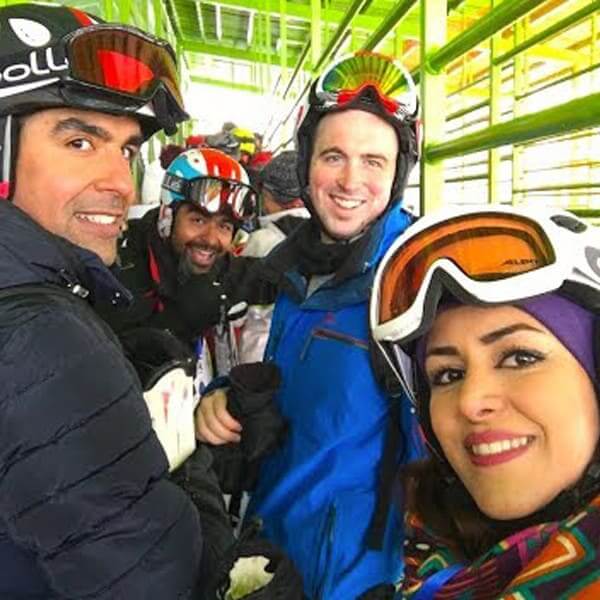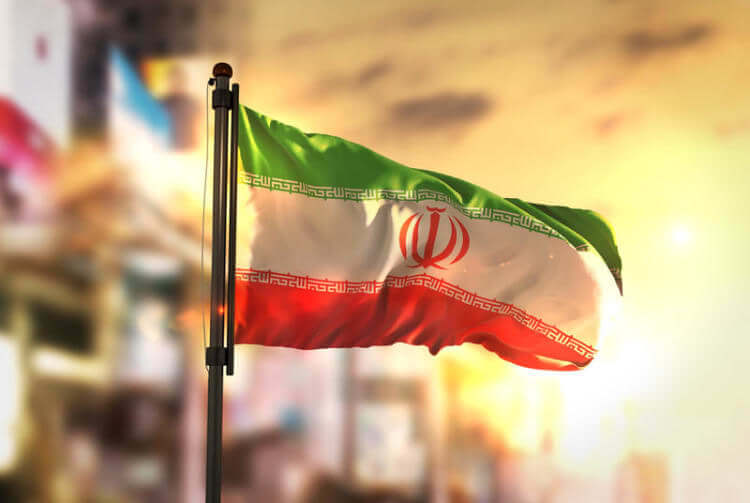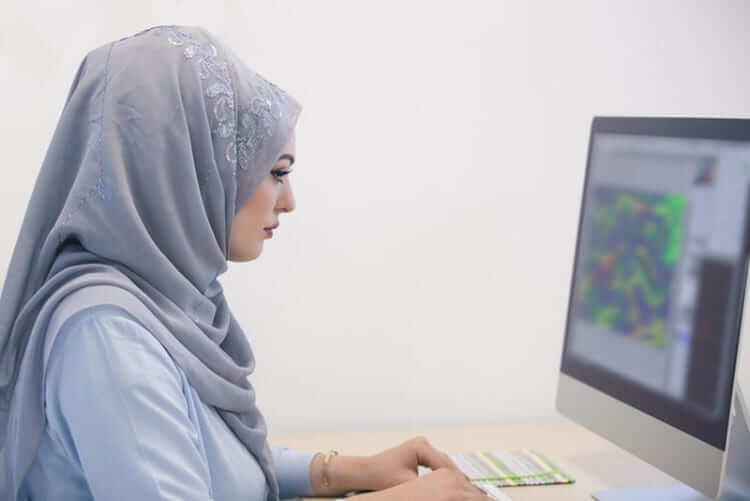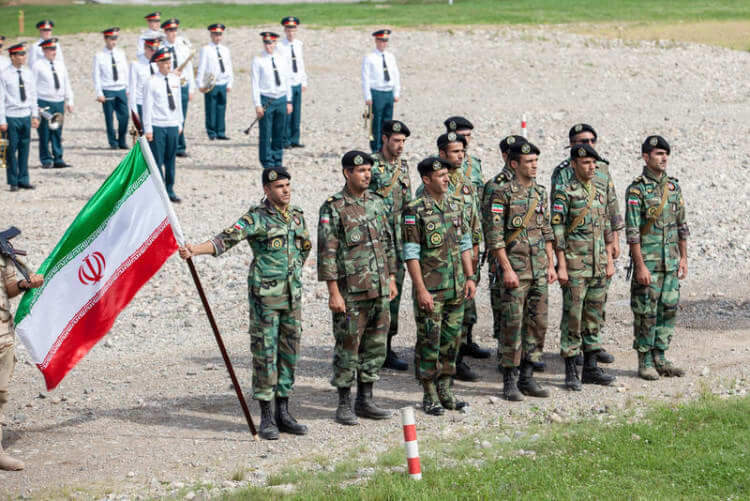1. Weddings Are On The House
We all know that, no matter where you are in the world, weddings can cost a lot of money and it is no different in Iran. Since weddings were so expensive in Iran, some were choosing not to marry at all. Sad life!
So, the Iranian government decided to set up an annual fund of $720 million in an attempt to cover the cost of the wedding if someone chooses to have a traditional Iranian wedding. Such a caring government! What about yours?
2. The Most Public Holidays
Compared to the rest of the world, Iran has the highest number of public holidays. However, the 25 official celebration days change on a year to year basis. It may sound confusing to you but the Iranian people are pretty used to it. The country uses three official calendars, while Muslim clerics calculate the dates of religious holidays, such as Eid al-Fitr and Eid al-Adha.
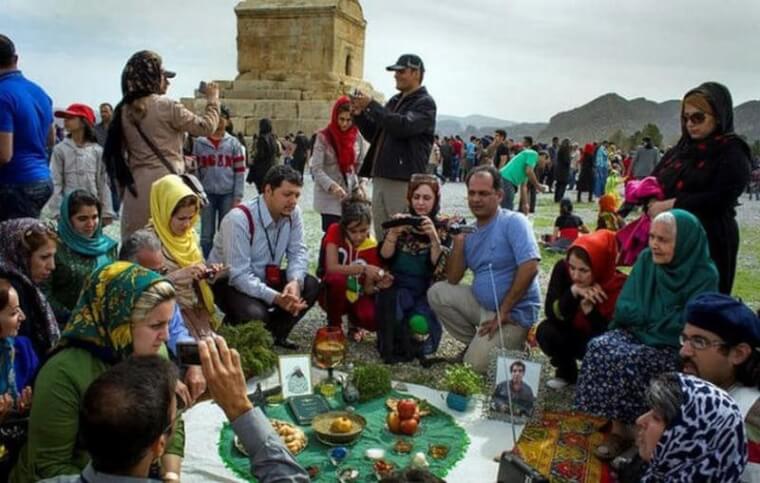
There are secular holidays as well, such as Islamic Republic Day, Anniversary of the Islamic Revolution, and Oil Nationalization Day. Next time your boss doesn't want to give you a vacation day, you can let them know this little tidbit.
3. Who Holds The Power? Young People!
Iran's population is over 82 million and half of them are under the age of 35 – which means that the country has one of the youngest populations in the world. This means that when the country goes to the ballot box (yes, people vote in Iran) the young people get to have a big say.
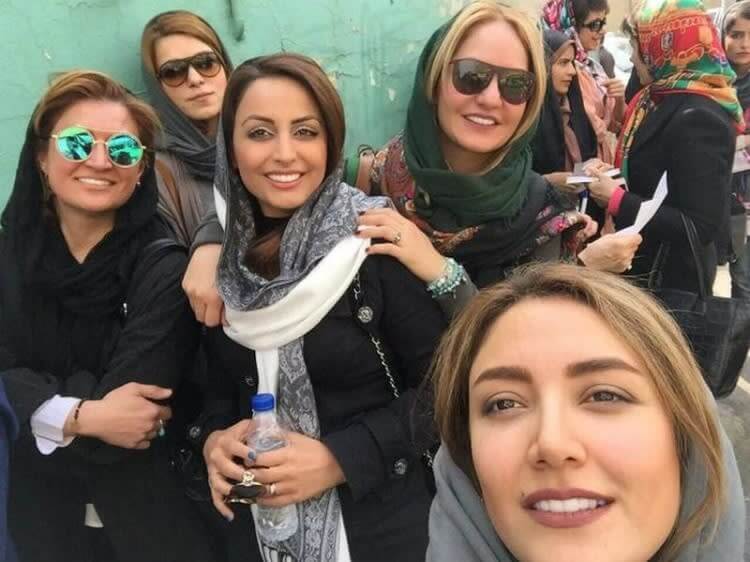
In Iran, the legal age for voting starts at the age of 15. However, Iran's interior minister announced that there was a historically low voter turnout (since the revolution) in the 2020 parliamentary elections.
4. They Dine While Sitting On The Floor
It is common within Iranian families to dine while sitting on the floor and it becomes ever more common during dinner time in large families. Iranians don't commonly use a fork and knife either, and eat using their right hand.
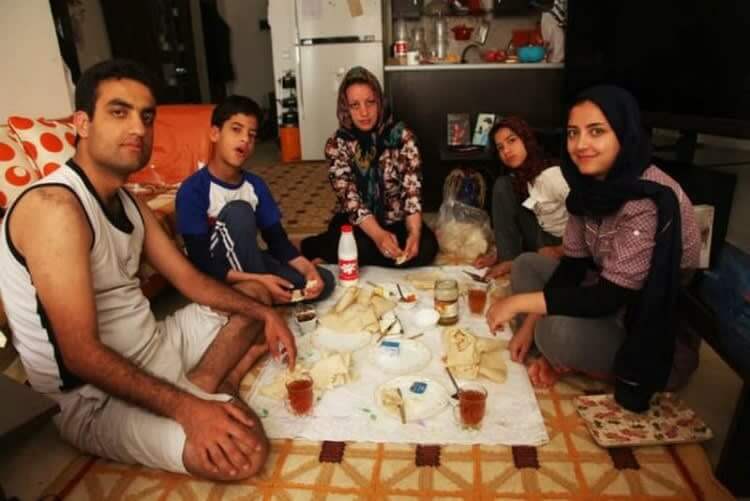
There are also different samples for different plates and it is customary to try a little of everything which the host serves you. Our only tip for you before eating an Iranian meal is that don't ever underestimate it. The whole experience will be a memorable one.
5. Is It Iran or Persia?
The ruler Reza Shah Pahlavi asked foreign delegates, on the Iranian New Year of 1935, to use the term Iran in all formal correspondences. After that, the world started to use Iran more commonly, especially the Western World.
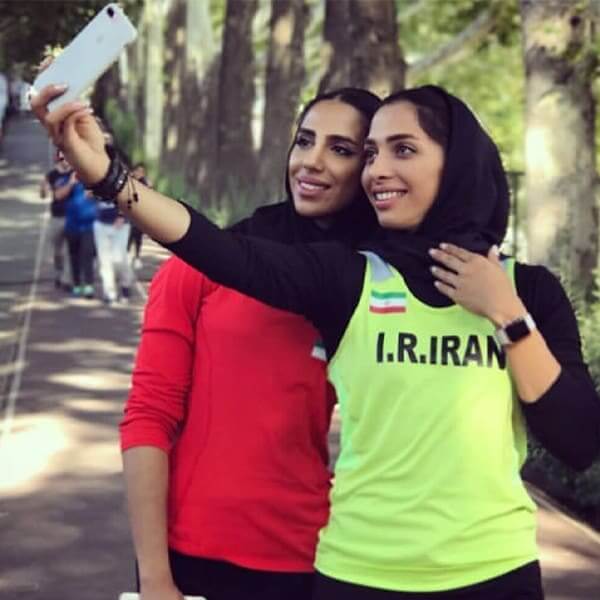
The name "Iran" means "land of the Aryans" in ancient Persian. It was the outsiders that used the term "Persian." After the Islamic Iranian Revolution of 1979, the country's name became the Islamic Republic of Iran by referendum.
6. The Nose Job Capital Of The World
Here's an interesting fact, did you know Iran is considered to be "the nose job capital of the world”? But is it true or there is some other reason behind it? Well, it is because of the increasing desire for trying to achieve non-local beauty standards.

Many young Iranian women absolutely love the "typical" Western nose shape and they want it so badly that they pay top dollar for it. For now, it is too soon to say if it is just a trend or will it become a norm in the future. One of the biggest reasons behind this trend is Instagram.
7. Their Language is Not Arabic
Many people have a perception that people in Iran speak Arabic. In fact, their official language is what we would call Persian but what the locals call Farsi. Farsi is not just spoken in Iran, over 110 million people worldwide speak it. In fact, most of them are in central Asia.
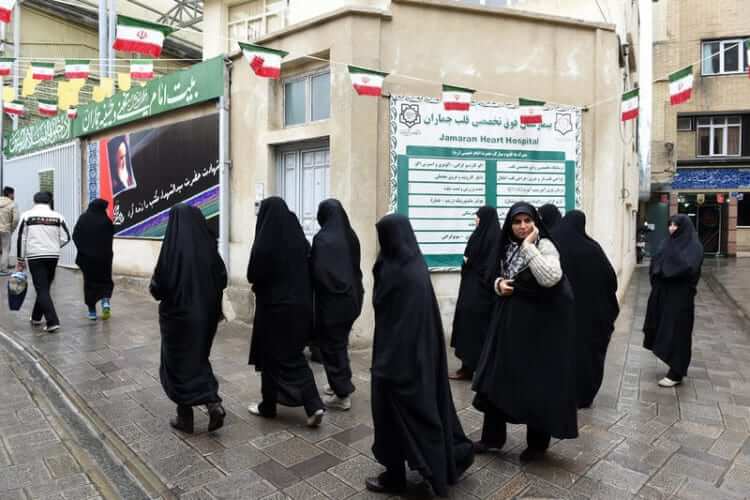
Besides Farsi, there are many other languages as well, including Kurdish, Azerbaijani, Arabic, Gilaki, Mazandarani, Balochi, Lurish, Turkmen, Tatii, Talysh, and more.
8. Yes, There Is Skiing In Iran
What is the first thought that comes to your mind when you think of Iran? We can say with quite a bit of certainty that it likely wasn't skiing.
Believe it or not, there are skiing places in the country. In the past, men and women were made to ski separately, but now it has changed.
9. There Are Allowed Temporary "Marriages"
"Temporary Marriages," sounds a bit strange right? Well, the government of Iran allows short-term marriages which are called Sigheh and the duration of the marriage and the amount (mahr) is always agreed upon in advance.
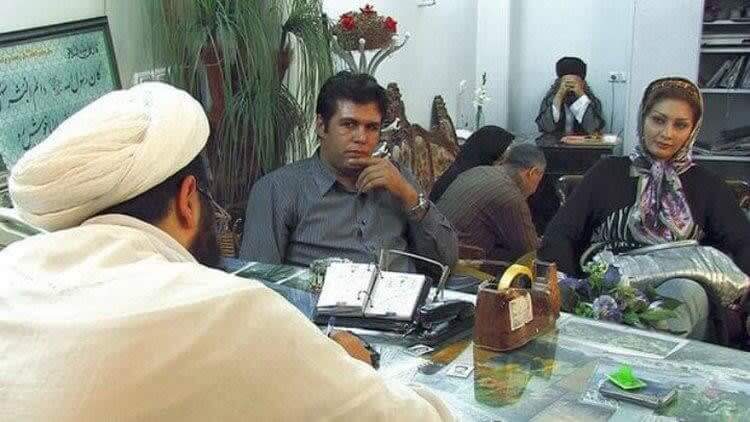
It is because of the Twelver Shia Islam that the marriages are temporary and, to be honest, it is like having a concubine. In fact, this is one of Shi'ism's most controversial regulations because marriage can last from a few hours to many years. This is unbelievable and yet it is true. Despite this, there are still no Tinder services offered in the country.
10. One Suit, Hold The Tie
This might make you feel jealous if you don't like wearing a tie. The Iranian people started to frown upon western symbols after the 1979 Iranian Revolution and, as a result, you won't see the people wearing a tie, even when they go for a job interview.
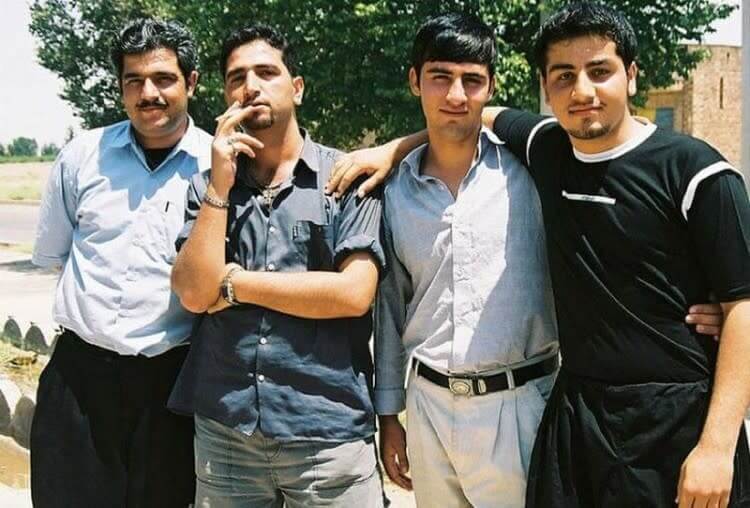
But this doesn't mean that Iranian people don't know how to dress up. If you go to the market, you can easily find European watches and button-up shirts right next to much more traditional Iranian clothing. So, in a way, you actually have more options.
11. Get Your Bookmarks Ready
According to UNESCO, the literacy rate of Iran in the 1970s was a mere 37%. With such a low literacy rate, a functional democracy sounds a bit like a pipe dream. But it all changed after the 1979 revolution as they overhauled the existing schooling system and began the Islamization of the education system.
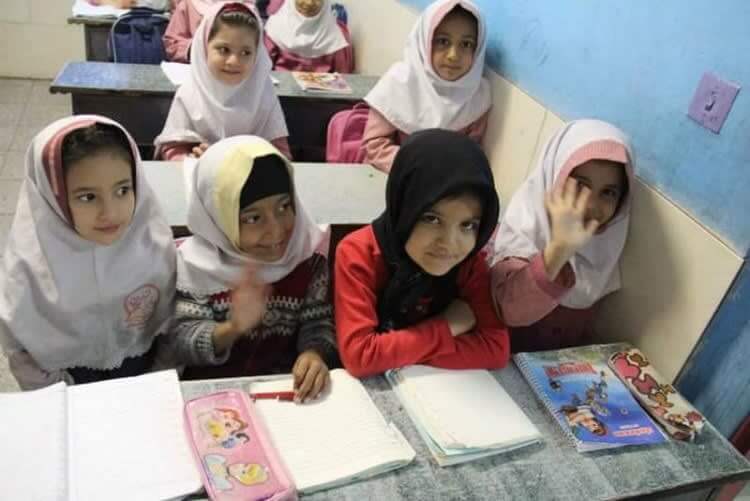
They also made a change of segregation by sex and the textbooks were created to teach Islamic views. Interestingly, the literacy rate surged to 93% by 2015. That's an impressive turnaround, isn't it?
12. Tehran, AKA "The Hottest"
According to Ahmad Kasravi, Iranian historian and linguist, the word "Tehran" was derived from Indo-European language and meant "the hot place". Tehran is also the capital city of Iran and has a population of 8.4 million in the city and over 15 million in the metropolitan area.
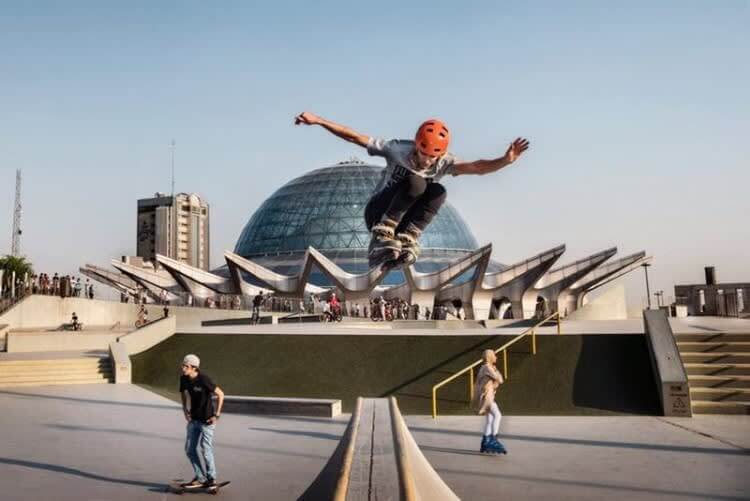
This picture is of Tehran's Ab-o-Atash ("water and fire") Park, also happens to be one of the largest skateparks in the Middle East. This photo may be surprising, as many assume that this trend doesn't even exist in that part of the world.
13. The Rich Kids Of Tehran
There is one hashtag that is quite popular in the country. #RKOT, which means Rich Kids of Tehran, is one of the most popular Instagram accounts. If you look at it, you will understand why it is so popular. But the big question here is if it's all legal?

Nope! However, given the wealth and status of their families, these kids can get away with a lot more than most. Believe it or not, Instagram is banned in the country and yet many Iranian millionaires and billionaires use secret VPN apps to show their wealth and lifestyle.
14. They Love to Drink "Doogh"
In Iran, "Doogh" is a savory yogurt-based beverage that is quite popular among people of all ages and genders. It is mixed with salt and is quite delicious. So, what exactly is Doogh? Well, it is widely used in Persian traditional medicine because of the health benefits of yogurt and also because it helps in treating colds, coughs, sunburns, and even ulcers with it.
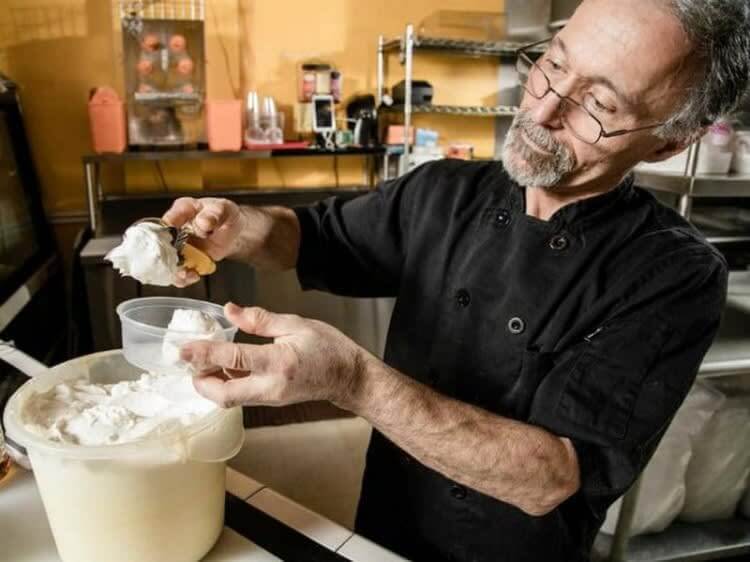
There are rumors that it helps in prolonging youth, but they don't seem to be true. Nevertheless, the beverage helps in moderating dryness and body temperature. And even Iranian women use it as a facemask in beauty therapy. It is a refreshing beverage, especially when you are out on a hot day. In Iran, you can find plenty of hot days.
15. Perhaps A Spot Of Tea?
When it comes to Iranian food flavorings, it is so interesting. There is saffron (the world's most costly spice by weight), dried lime, cinnamon, parsley, and turmeric. They mix them in different dishes and the food is fantastic.
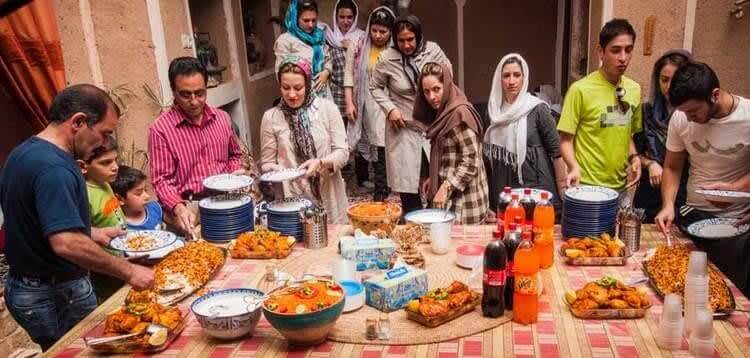
But there is a crucial pre-meal drink that Iranian people love to consume, Iranian tea. Yes, they love tea, which explains why the country is the 7th biggest producer of tea in the world. And the ample availability of local tea makes it even more popular. By the way, Iranians traditionally serve tea to guests with a lump of sugar and some rock candies (mostly flavored with saffron).
16. Not Easy To Be An Iranian Woman
According to the Human Rights Watch of 2015, women's rights are severely restricted in Iran and they are quite limited compared to most developed nations. Even Iranian officials recognize that there is discrimination against women in the country, especially in the Job market.
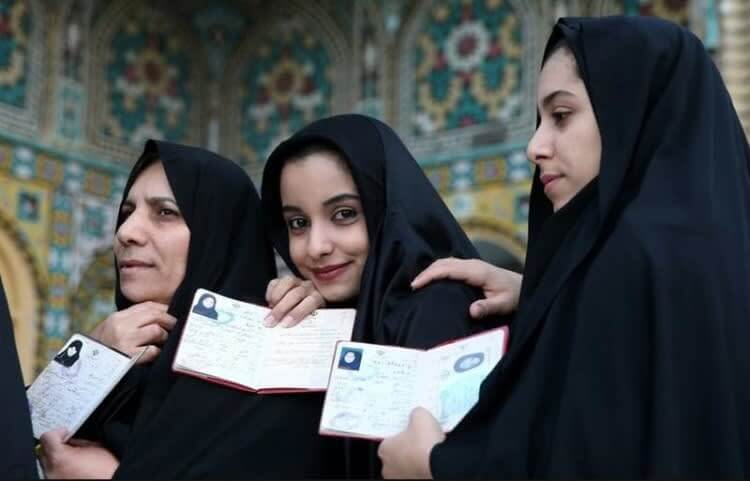
Even though Iran is still miles ahead of some Middle Eastern countries (looking at you Saudi Arabia) women still need special permission from the male head of the household to get outside of the house.
17. A Mystical Faith Still Exists There
In ancient societies, there are references to a mystical faith called Zoroastrianism. As there used to be other religions as well, it seems like this one vanished into thin air. Well, that's not entirely the case in Iran. It turns out that there is still a small number of people in Iran that follow it.
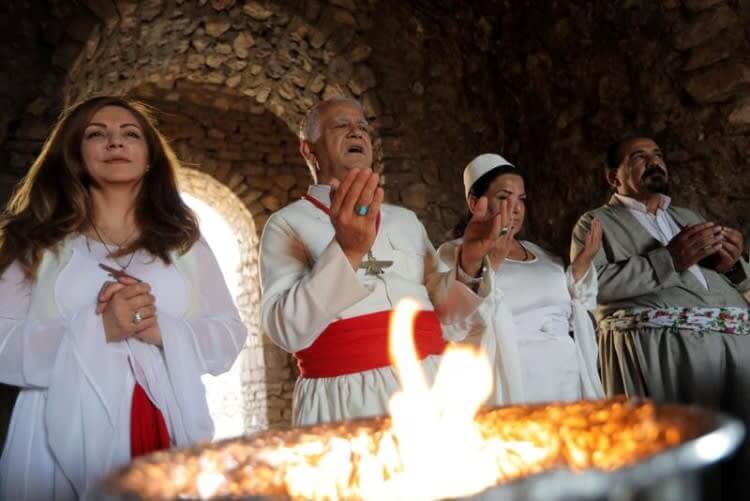
Zoroastrianism is a fusion of ideas that are somewhat familiar from Gnosticism, Greek philosophy, Islam, Christianity, and polytheism. It sounds complex, right? Well, there are still some people that are interested in this religion which is considered one of the oldest practiced religions in the world.
18. Check Out This Collection Of Prized Jewels!
Did you know that the Treasury of National Jewels in Tehran has some of the most expensive and rarest jewelry found in the world? For instance, the imperial crown jewels include numerous crowns, aigrettes, thirty tiaras, precious gems, a dozen of bejeweled swords and shields, and numerous plates cast in precious metals and encrusted with gems.
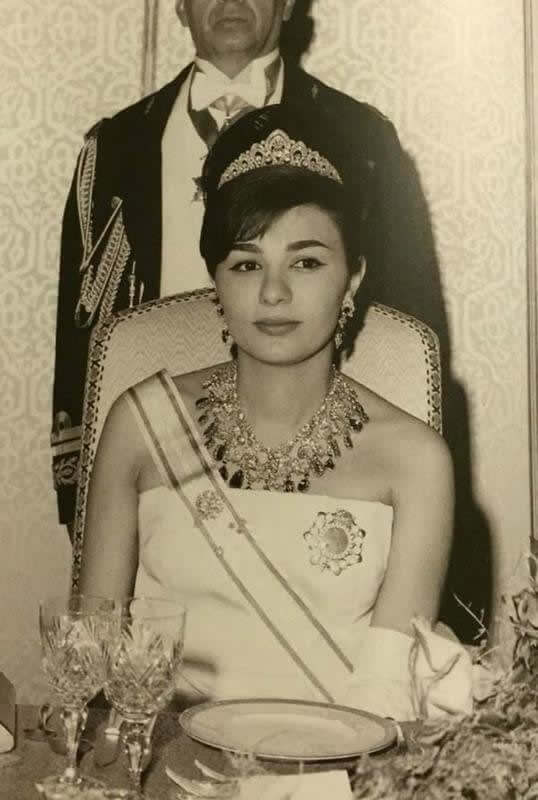
You can get an idea of the worth of the jewels from the fact that they are still used as a reserve to back the Iranian currency.
19. A Country With Lip-Smacking Flavors
The Iranian cuisine is delicious and their culinary culture has an abundance of flavors because it has interacted with food cultures of neighbors over the centuries.
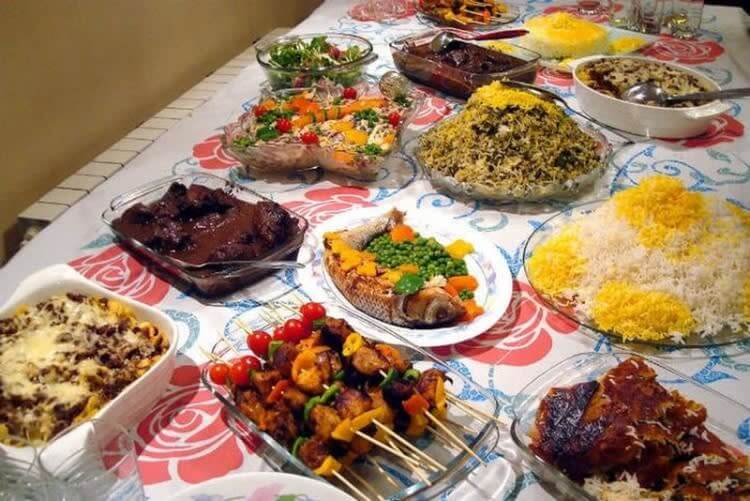
Typical dishes mostly include combinations of vegetables, nuts, and rice with meat. They also use a lot of spices and herbs in their cuisine.
20. A Gorgeous Cheetah Lives There
The Asiatic Cheetah, commonly referred to as the Iranian Cheetah, is native to Iran and, unfortunately, this species faces an extremely high risk of extinction. The International Union for Conservation of Nature has already classified the Iranian Cheetah as a critically endangered species.
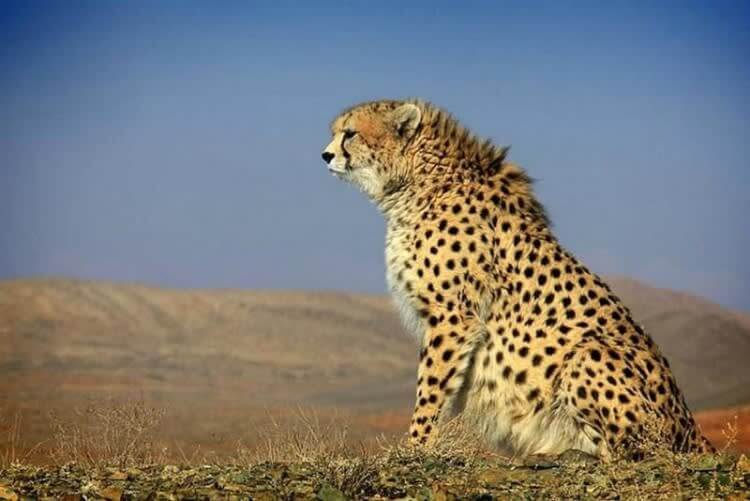
Currently, only 50 remain alive. However, there are high hopes for the species as it lives in a protected area in the eastern-central arid region of Iran. It doesn't live close to humans, so hopefully, its population will grow in the coming years.
21. The Baloch In Iran
You can find Baloch people in Iran and they also live in the Balochistan region in the southeast of the country. Baloch people live mostly in Afghanistan, Pakistan, and India.
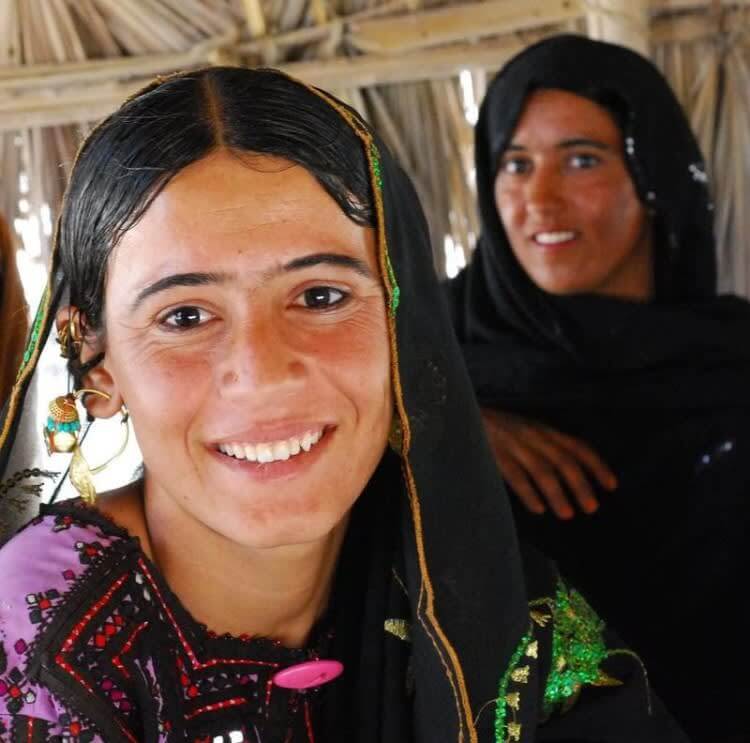
But did you know that they had to band together to form a political movement? It is because of the violent inter-tribal conflict and also due to rebellions that seem to be loyal to different tribal leaders.
22. A Country With Many UNESCO World Heritage Sites
Thanks to the rich and storied history of Iran, the country has 23 UNESCO World Heritage sites and experts believe that there are many more. After all, Persia is one of the of world's oldest civilizations. In the years 550-330 BCE, the Persepolis was the ceremonial capital of the Achaemenid Empire.
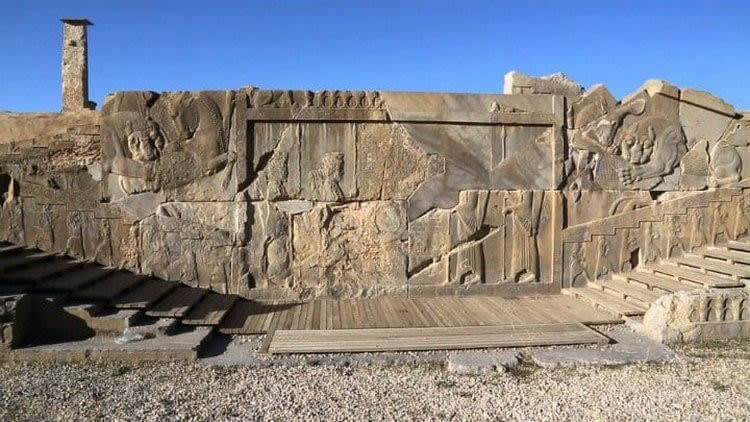
Darius I, also known as Darius The Great, had it all build under his supervision. He was the third king of the empire and ruled for 36 years. During his reign, he guided the Persian Empire to it's historic peak.
23. A Flag With Many Meanings
The Iranian government adopted the current flat in 1980 and it has three equal horizontal bands of green, white, and red. But what do the colors symbolize? Green is the color of Islam, and it also represents growth. The white represents peace and honesty, while a red represents bravery and martyrdom.
And now you're wondering what the centered styled representation means. Well, it is the word "Allah" and the phrase is “La ilaha illa Allah” (“None is worthy of worship but Allah”) in the shape of a tulip. If you look closely at the inner edges of the green and red bands, you will notice copies of the phrase Allahu Akbar (“God is great”).
24. Everyone Wants A Persian Rug
Iran's woven carpets are one of the country's oldest industries. Iranian women have woven carpets for over 2,500 years and, after oil, it is Iran's most significant export commodity. For many, perfection means everything and they are willing to pay top dollar for perfection. But it is a bit different in the case of Persian rugs.
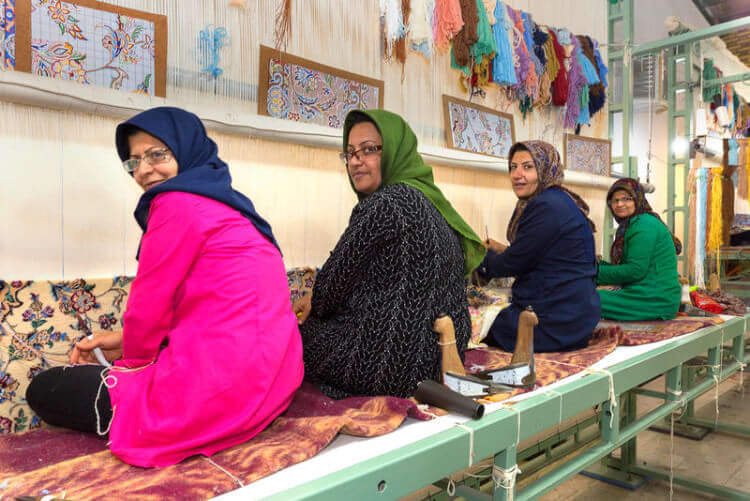
Not many people know the fact that Persian rugs are never perfect and all of them will purposefully have one mistake. This practice stems from a popular belief of Muslims that only Allah can be perfect. Surprisingly, local buyers never argue about that one mistake and there isn't much to complain about because the quality of Persian rugs is sublime. In fact, their industry keeps on booming even with all the competition of cheap rug factories. You can't replace the real thing though.
25. Careful What You Say
In the country, you should never badmouth Supreme Leader Ali Khamenei. If someone insults the leader, their punishment can include imprisonment, torture, and even execution.
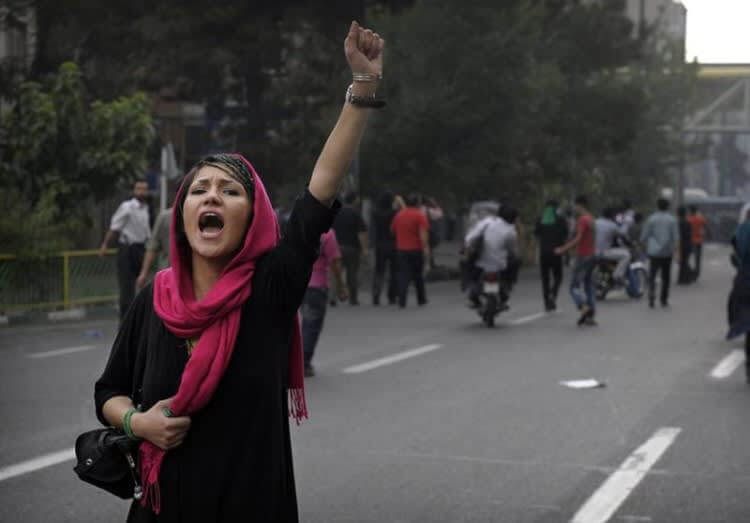
The county offers a lot of beauty, but unfortunately, it doesn't give room for conscience and freedom. That's why the imprisonment rates have increased a lot in recent years for speech and criticism violations. By the way, the country also has the second largest prison population among Islamic countries. Let's hope that changes.
26. Meet The Iranian Kurds
Iranian Kurds make up for 10% of the national population. They are a smaller ethnicity and speak Kurdish as their mother tongue. They exist in other countries as well and they dream of having a separate state.
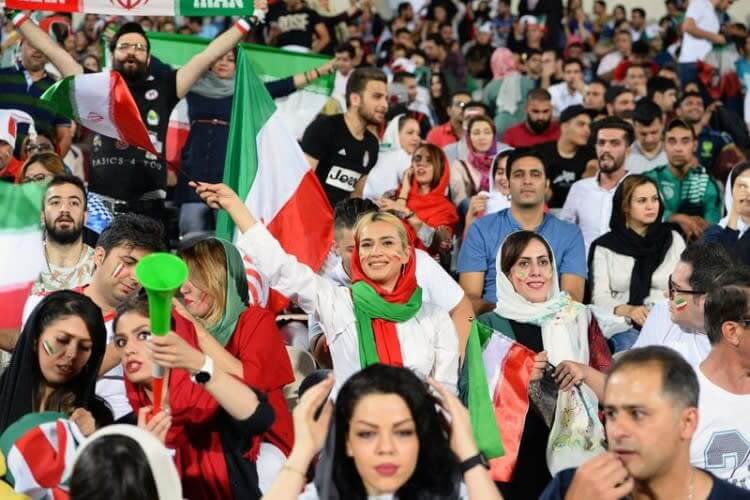
In Iran, some consider that their region is going to be one of the four parts of a future Kurdistan. However, the separatism of Kurdish has very little support in Iran. Do you think it will happen?
27. Sitting On An Ocean Of Oil
Iran is sitting on black gold and holds 10% of the entire world's oil reserves. The nation produces about 4 million crude oil barrels daily and 1.5 billion crude barrels annually.
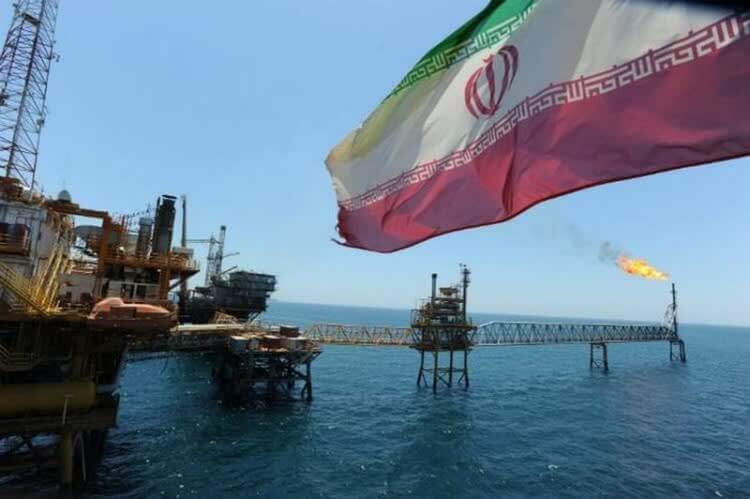
Iran has one of most oil reserves of the Persian Gulf, while the other countries are Kuwait, Saudi Arabia, Iraq, Bahrain, Qatar, Oman, and the United Arab Emirates.
28. Getting Married Way Too Soon
While this may seem disturbing to us, it has been a part of Iranian culture for centuries. The girls in Iran can get married from the age of 13. Yes, you're read it correctly. For boys, the legal age is 15. And you thought getting hitched at the age of 18 is too soon.
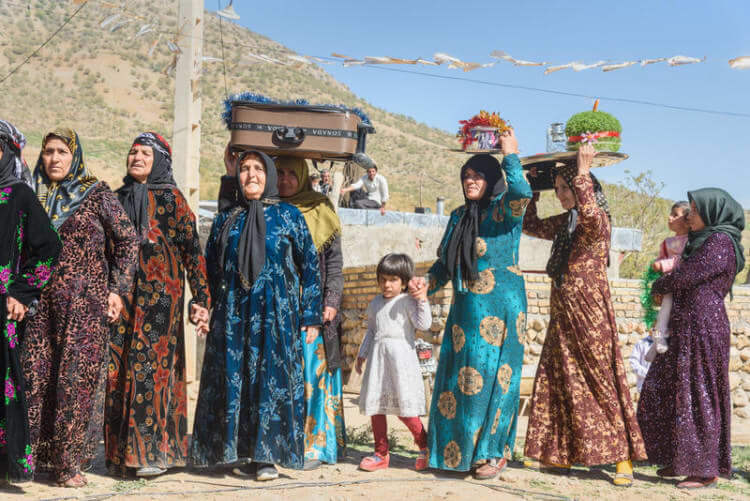
By the way, 3% are married before the age of 15 and 17% of girls in Iran are married before the age of 18. However, a member of the Judicial and Legal Commission of the Iranian Parliament highlighted that thousands of children in Iran get married unofficially and there's no registration as well.
29. The Largest Hand-Woven Carpet
The Iran Carpet Company manufactured the largest hand-woven carpet in the world, which measures 5,630 m² (60,600.81 ft²). The company created it for the Abu Dhabi mosque in 2007.
It is as big as a soccer field and was constructed from nine pieces. It was so big that a part of it actually had to be removed so that it would fit in the mosque.
30. A Land Of Poets
Did you know that the English word "paradise" ultimately comes from the Persian word "paridayda"? Even the Persian word indicates the expansive walled gardens of the First Persian Empire.

Unsurprisingly, the Persian Empire has impressed and inspired poets for ages and even the Iranian people of today recite lines from some of the most renowned Persian poems. One of the most famous Persian poems is the "Shahnameh", translated as "The Book of Kings" and is recognized as the national epic of Greater Iran.
31. A Middle Eastern Powerhouse
Iran poses a major threat to many opposing forces in the region as it has a powerful army which gives the country a lot of strength.
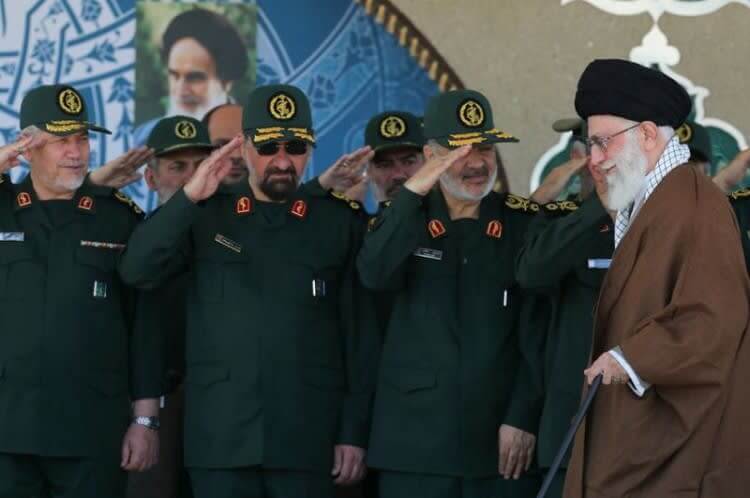
The military of Iran is formed by two sides of the armed forces: The Army, Navy, and Air Force and, on the other side, the Revolutionary Guards. As of now, there are about 545,000 active personnel in the military and 350,000 reserve soldiers.
32. Big Time Internet Restriction
Iran started to implement its own national state-controlled intranet network at the start of 2012, and that's not all...
They have also blocked over 50% of the top 500 websites in the world. Some of those blocked websites include YouTube, Facebook, GooglePlus, Twitter, Telegram, and Instagram. Twitter and Telegram are heavily restricted by the government. It is important to notice here that most of the blocked sites cover topics such as science, health, and political news.
33. Mount Damāvand: Iran's Tallest Mountain
The Mount Damāvand is like a mountain of hope for the Iranians as it is a symbol of Iranian resistance against despotism and foreign rule in Persian literature and poetry.
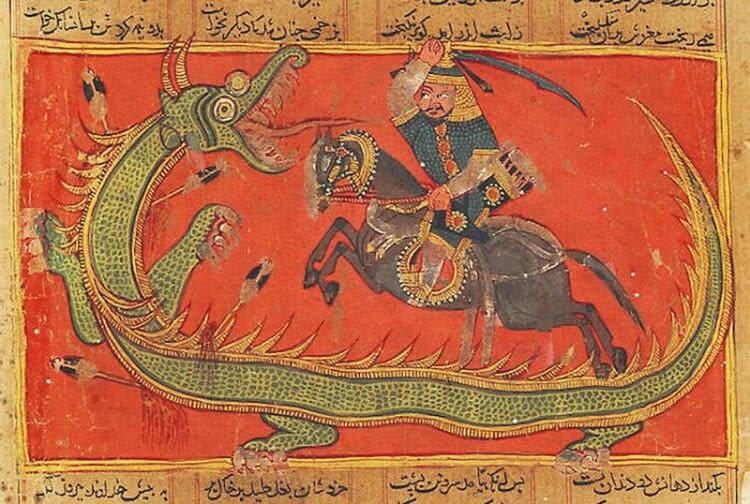
If we take a look at the Zoroastrian texts, we will see three-headed dragon named Aži Dahāka. Well, Aži Dahāka is said to be chained within the mountain and only at the end of the world it will escape.
34. There are Three Calendars
In Iran, there are three calendars. First, there is the Islamic lunar calendar for Muslim holidays, the second is the Solar Hijri calendar which is used as the main national calendar, and then there is the solar Gregorian calendar for international events and Christian holidays.

No wonder there are so many holidays when you're measuring your days off of three different calendars.
35. The Popular Persian Cat
Persian Cat, aka Gorbe Irâni, has a round face and short muzzle. While some of these long-haired cats were seen in hieroglyphics, the breed has evolved over the years.

Around 1620, Pietro della Valle imported the cat into Italy from Khorasan and it was the first documented import of the ancestors of the breed.
36. The Hidden Star Of David
There was a Jewish Star of David on the roof of the Tehran International airport's main terminal and it remained undetected for 30 years. It wasn't until when Google Earth hit the internet in 2001, that someone finally noticed it.
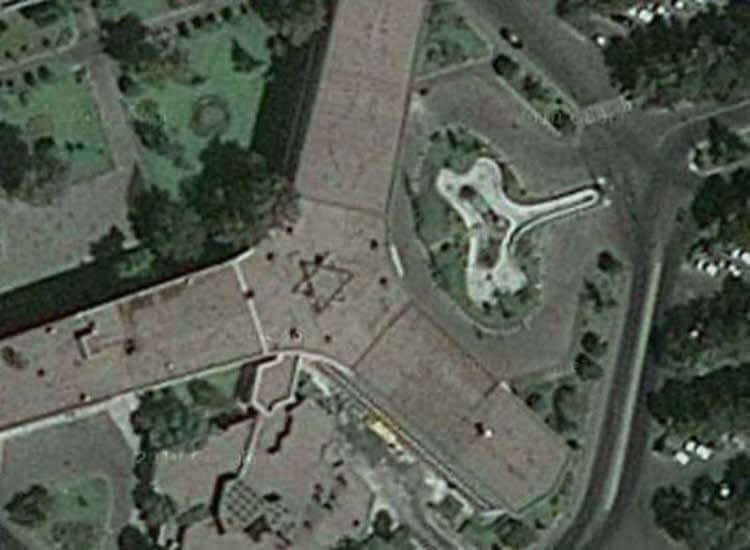
Given that it happened after the 1979 revolution, the government swiftly ordered to completely remove the symbol. The Jewish Star of David was there because of the Israeli engineers that had built the airport, a reminder that Israel and Iran had close ties before the revolution.
37. Limited Use Of Social Media
Instagram remains one of those few apps that Iranian youth use and some people are of the opinion that soon the government will completely block it. After all, the government arrests those individuals who post not-so-conservative content on the platform.

Take an example of Maedeh Hojabri. She posted a video of her dancing to Western songs without wearing a hijab. As a consequence of the video, the police arrested her and even threatened her with a strong possibility of a long prison sentence. She had to upload a video in which she apologized for her behavior.
38. Takht-e Soleymān (The Fire Of The Warriors)
This picture is of the Takht-e Soleymān ("Throne of Solomon"). There are folk legends about King Solomon imprisoning monsters inside a 100-meter deep crater called Zendan-e Soleyman ("Prison of Solomon").

We told you about UNESCO World Heritage sites in Iran, well many holy places of worship, ancient places, and bazaars are included in them.
39. Islam is Iran's Predominant Religion
Islam dominates all the other religions with a 98% population that practices some form of it.

The majority are Shia Muslims with 89% of the population, and Sunni Muslims with 9%. Whereas, other religions are Mandeans, Jews, Yarasanis, Christians, Bahá'ís, and Zoroastrians.
40. A Place Of Art And Music
In the capital of Iran, there are some notable art scenes, such as The Tehran Symphony Orchestra. This group is known for performing in front of a dedicated audience nationally and internationally. When it comes to theater, the Fajr International Theater Festival is held in the capital every year.
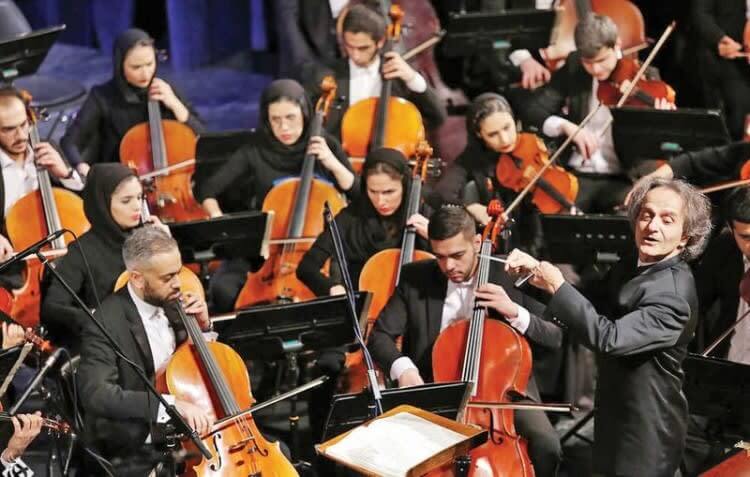
Moreover, there are museums as well. There is the Tehran Museum of Contemporary Art, which shows the work of renowned international artists. There is also the National Museum of Iran, which portrays Persian heritage, and then there is of course the Carpet Museum of Iran as well.
41. The Confusing Behavior Of Taarof
The social type of behavior that dictates the way people treat each other is Taarof. It can be confusing to non-locals as the true meaning of it is not in the words but actions.
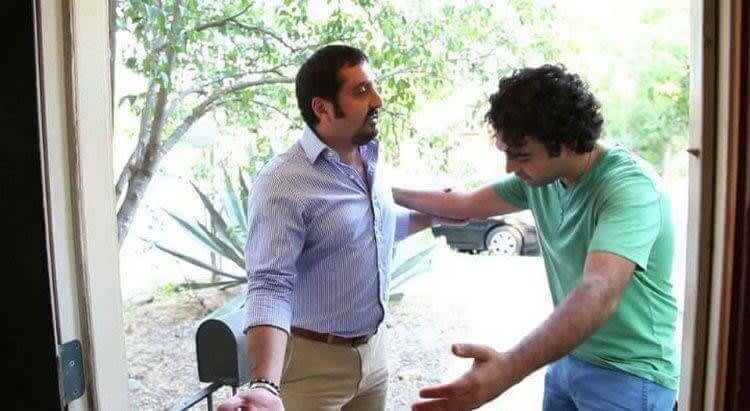
For instance, people may refuse an offer even if they want to accept it or they may invite someone to come without intending to follow through. Hey, we get it if you're confused, we're right there with you.
42. Iranians Value Politeness
It is important to understand that kind words mean a lot to Iranians. And they have the customary back and forth insistences in almost every interaction. For instance, one will insist on paying for the other person and vice versa.
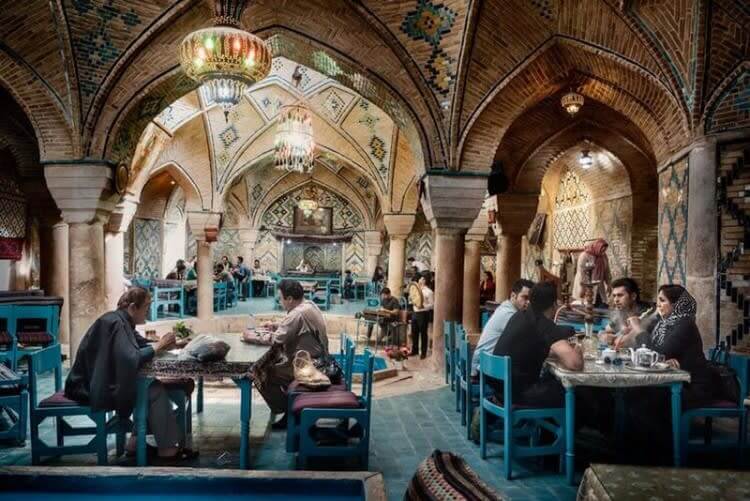
So, this behavior has helped create social stability among classes because both persons want to do it. Moreover, Iranians also have a distinctive style of negotiation where it is extremely crucial to read between the lines.
43. Ethnic Groups in Iran
In the country, 6 in 10 people are Persian. What you see in the photo are the nomadic Qashqai and Bakhtiari tribes. They travel with seasons in search of water and green meadows for their herds of sheep and goats.
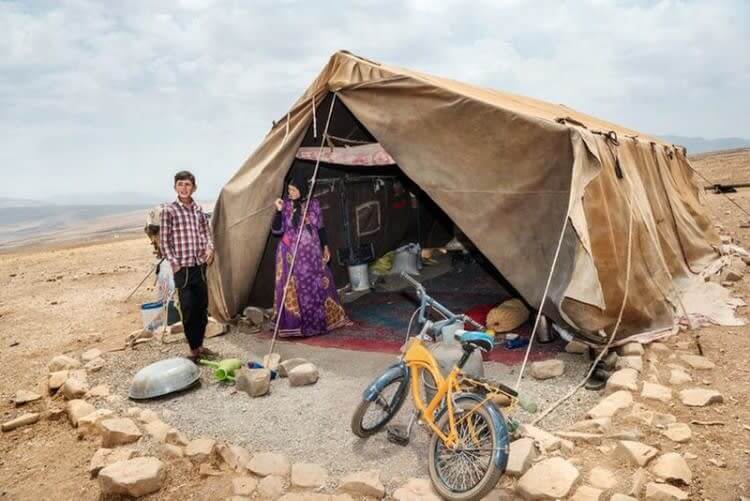
The country's population is made up of 61% Persians, 16% Azerbaijanis, 10% Kurds, %6 Lurs, 2% Arabs, 2% Turkmens, 2% Baloch, and 1% Others.
44. The Lurs of Iran
One of the ethnic groups in Iran is the Lurs. They live mostly in western and southwestern Iran and have a population of about five million.
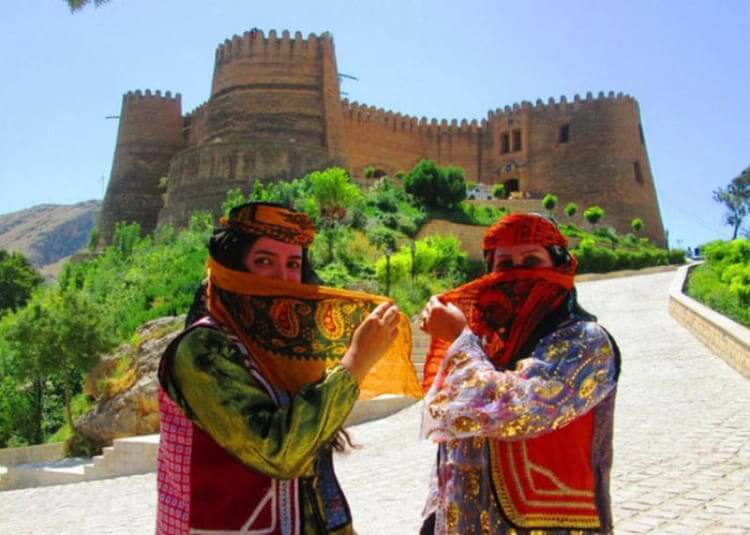
They still live a nomadic lifestyle and tribal elders still hold strong authority amongst the Lurs. Most of them are small-time farmers and shepherds, but some do live in the city as well. Throughout Iran, the Lurs are known as amazing traveling musicians. Moreover, their weaving techniques are some of the most beautiful ones out there.
45. Opium is Available and Legal
In Iran, alcohol is illegal but millions of Iranians can easily buy opium as it is super cheap to purchase in the country. You can easily get up to 3 grams for $1.
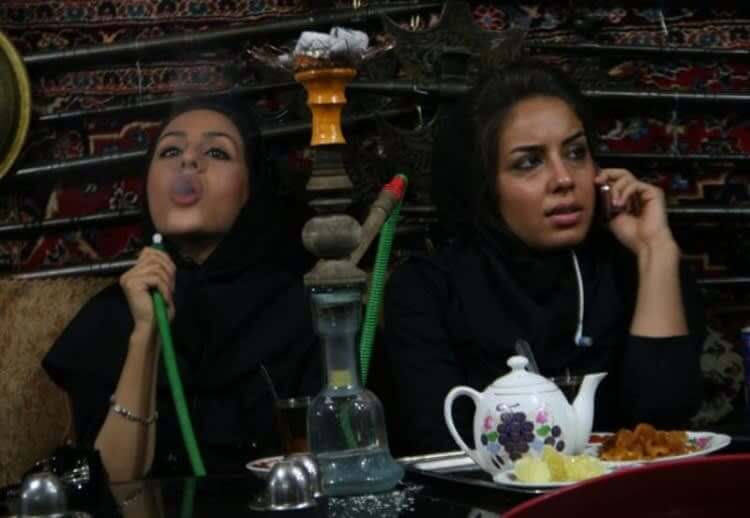
That explains why the country sadly has one of the highest per-capita numbers of opiate addicts in the world. In numbers, there are over 2 million Iranians over 15 who are addicted to Opium.
46. Iranians Love Their Literature
The rich Persian literature spans two and a half millennia. Many famous Persian poets come from this place such as Hafiz, Sa'di, Ferdowsi, Nezami, Omar Khayyam, and of course, Rumi. The West remembers these poets as they have influenced literature in many countries.
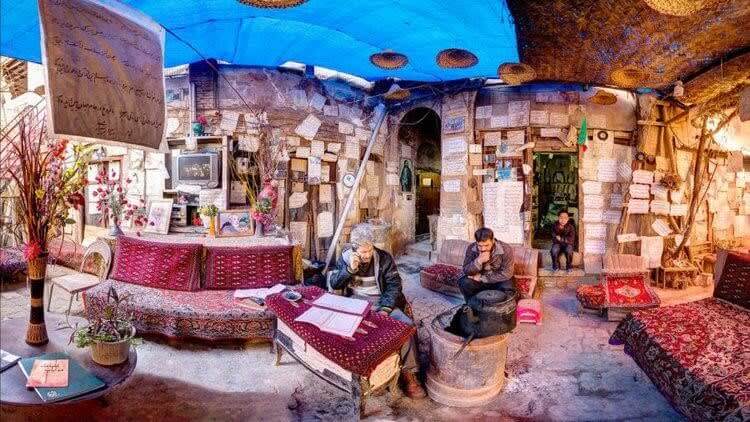
There is a literary institute in Shiraz which has a reputation as a city of great poets and poems. In this institute, anyone can write verses and hang them on the wall.
47. It's So Darn Hot
The capital of Iran is pretty seasonal. It has a hot, arid climate with a long summer season. But don't think that winter makes things any easier.
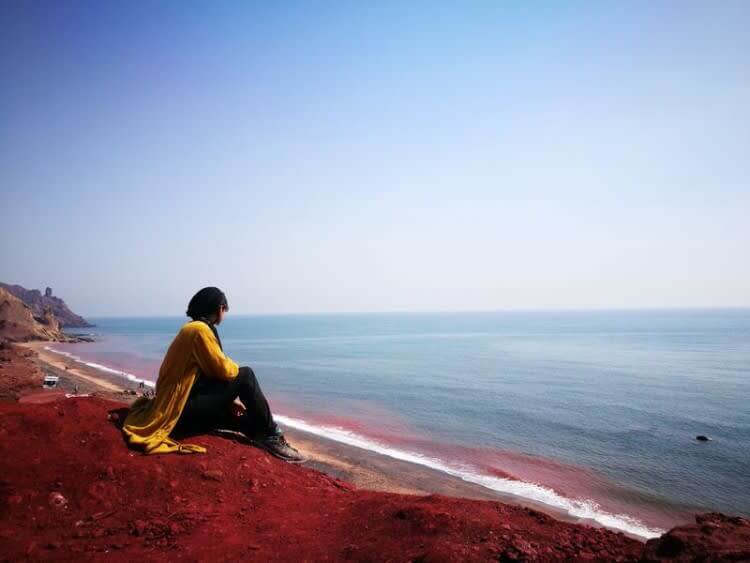
Thanks to the Elburz Mountains, reduced levels of humidity of the Caspian Sea reach the urban area. In the summer, temperatures have already reached 109 °F and the humidity makes it quite unbearable. In the winter, the temperature of 5 °F is common.
48. Asia's Highest Volcanic Mountain
In Iran, there is the volcanic Mount Damāvand which is located 41 miles northeast of Tehran. The mountain stands at 4,667 m (15,312 ft.), which makes it the 12th highest mountain the world, and it comes second on the list of Asia's highest mountains only after Mount Everest.
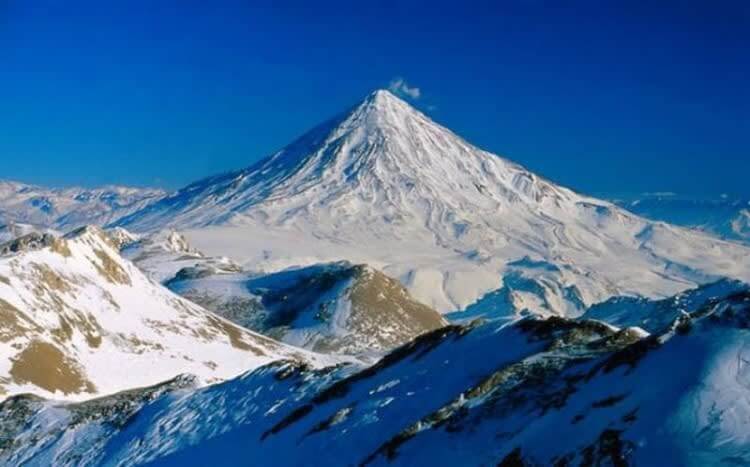
Even though it is a volcano, there hasn't been an eruption since 5300 BCE. So anyone who wants to pay it a visit shouldn't have much to worry about.
49. Tehran Is The Jewel Of The Middle East
We can understand that Tehran may sound like an old city, but people need to know that it is actually quite a modern and vibrant city. There are tall buildings like Milad Tower, which measures at 1,427 feet above the ground.
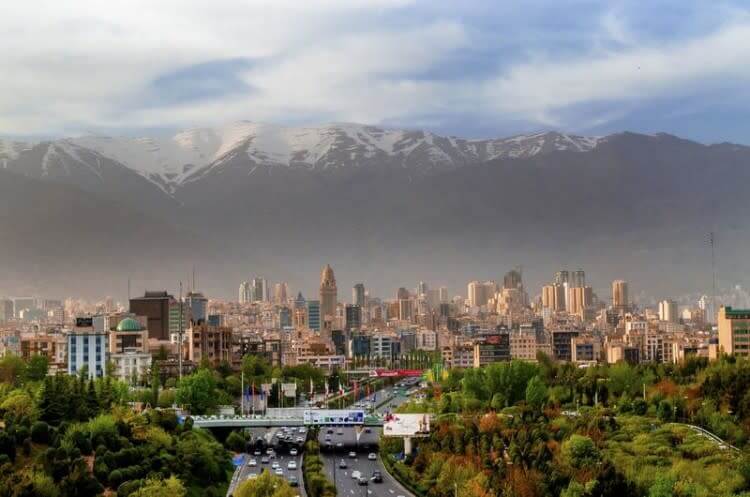
The lifestyle there is fast and people are welcoming. But the best thing about Tehran is none other than the views. The city offers fantastic views of snowcapped mountains in the background.
50. Iranian Jews
Although the majority of the population in Iran are Muslims, there are other religious groups in the country as well. We mentioned earlier how they make up the country's population. Well, Jews are part of the remaining 1 percent of the population.
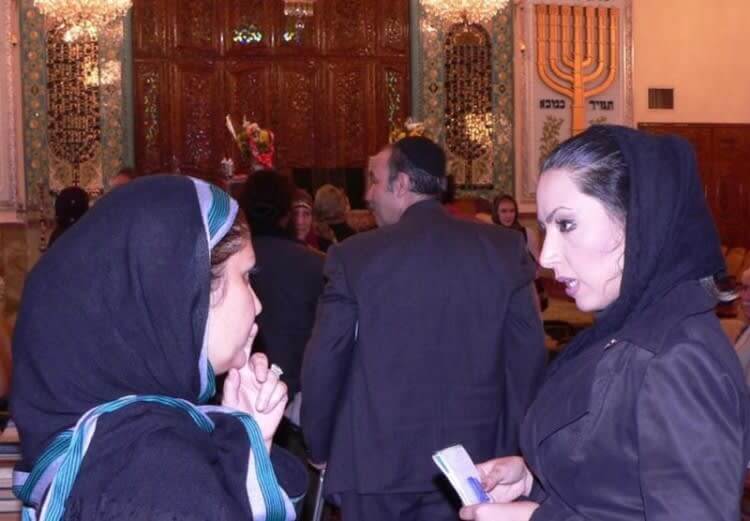
It is because Iran is the burial ground of many of history's biblical figures such as Queen Esther, Cyrus the Great, the Prophet Daniel, and Darius the Great.
51. Quality Provider of Caviar
Iran not only supplies oil to the world, but it also exports other rare commodities such as pistachios, saffron, and caviar. In fact, Iran controls 50% of the Caspian Sea caviar market.
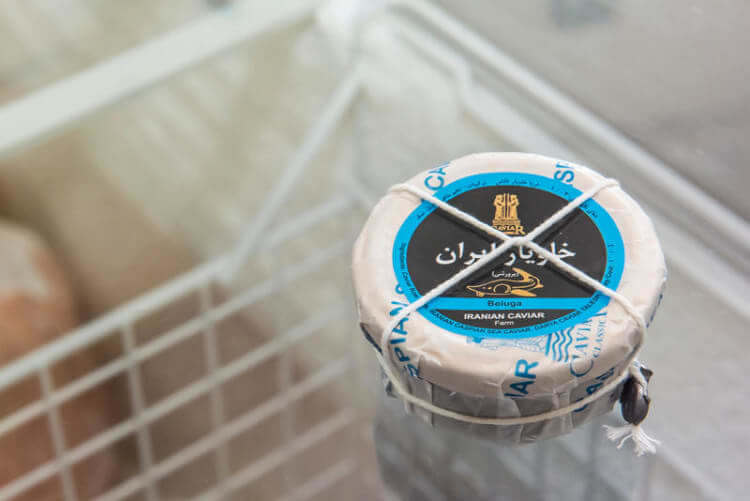
The price of caviar (which is eggs of the Beluga) is priced at $160 per ounce. The Beluga (sturgeon) usually lives to be over 100-years-old, but the fish population is declining due to overfishing and water pollution.
52. The Qashqaees in Iran
There is a pretty big tribe in Iran called The Qashqaee. Most of them live in the Fars province, but they do travel back and forth to their seasonal homes in summer and winter. The Qashqaees are actually Turk people and religiously they are Shia Muslims.
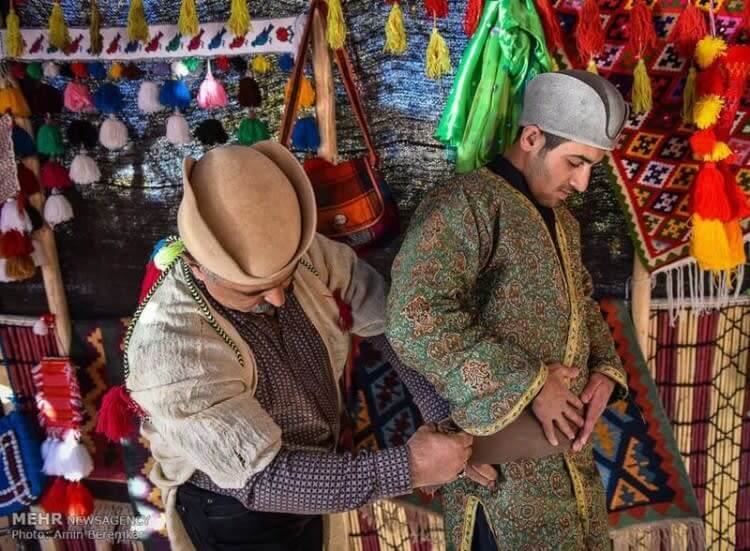
They are known for investing their time and efforts to keep their traditions and rituals alive. They have their separate language, but they can fluently speak Persian as well.
53. A Very Neighborly Country
If you look at Iran's map, you immediately notice that it is a quite big country. Interestingly, it shares it borders with 10 countries.

The countries with which Iran shares its borders are Armenia, Azerbaijan, Afghanistan, Pakistan, Turkmenistan, United Arab Emirates, Oman, Iraq, Kuwait, and Turkey.
54. The Issue of Air Pollution
It is not just the humidity that makes breathing difficult in Tehran, but it is air pollution as well.
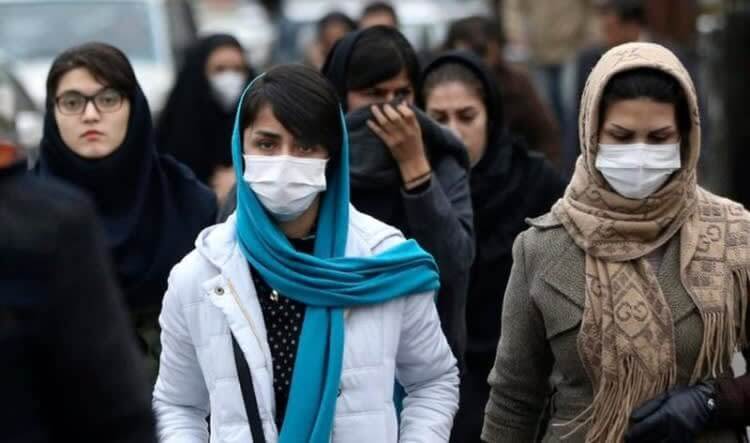
In Iran's capital alone, about 27 people tragically lose their lives in a day due to air pollution-related diseases.
55. Divorces Are Different for Women
In Iran, if a man and woman divorce, it is the woman that loses all custody of her children.
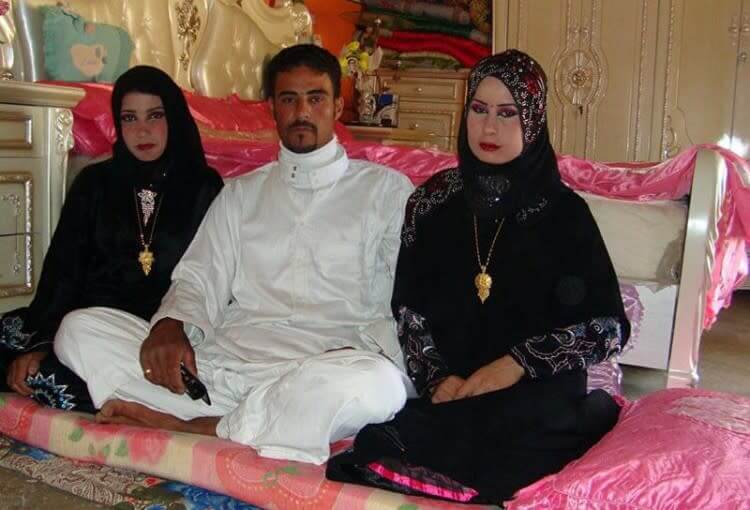
As if life for women wasn't already difficult, this has made more complications for them. Additionally, polygamy is something that is allowed, but only for men.
56. Supreme Leader of Iran
There is no need for a president when your country already has a supreme leader, right? In Iran, Ali Khamenei is the supreme leader and most powerful person in the country. To add to his power, he also holds the position as the commander-in-chief of the military. And that's not it.
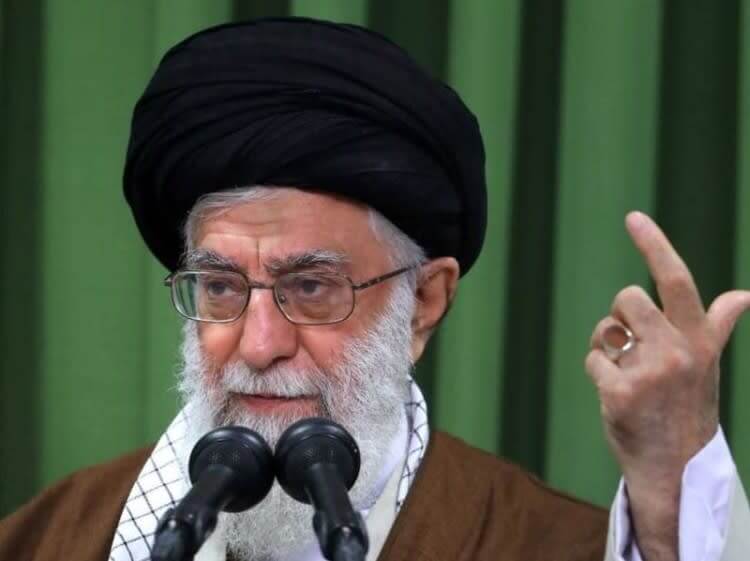
He directly appoints the heads of the judiciary, television networks, the state radio, and also the commanders of the military forces and the police. He decides everything for the country.
57. Allies of Iran
Although Iran is not directly involved in the Middle-East conflicts, it certainly has a role in them. The country's military allies are currently in Iraq, Syria, and Lebanon.
Iran has been known to offer a lot to it's allies, doing everything from giving them financial support, to sending its own professionals to train them as well.
58. Iranians Love Soccer
You might already know that Iranians love soccer because their national football team has qualified for the FIFA World Cup five times in the past: In 1978, 1998, 2006, 2014, and 2018. Their team has also won three Asian Cup championships; in 1968, 1972, and 1976.
It won't be wrong to say that they have one of Asia's most successful national teams. Do you know the soccer star who is the all-time leading goal scorer in men's international matches? Well, it is former Iranian player Ali Daei.
59. Iran's Unique Location
Iran isn't only a part of the Middle East, did you know that country also have an official continent designation in Asia? Moreover, Iran's borders can be defined by both land and sea. By the way, only seven countries stand between Iran and the rest of the map.

If you want to know how big it is, then geographically, it is a bit smaller than Alaska at 1,648,195 sq km.


